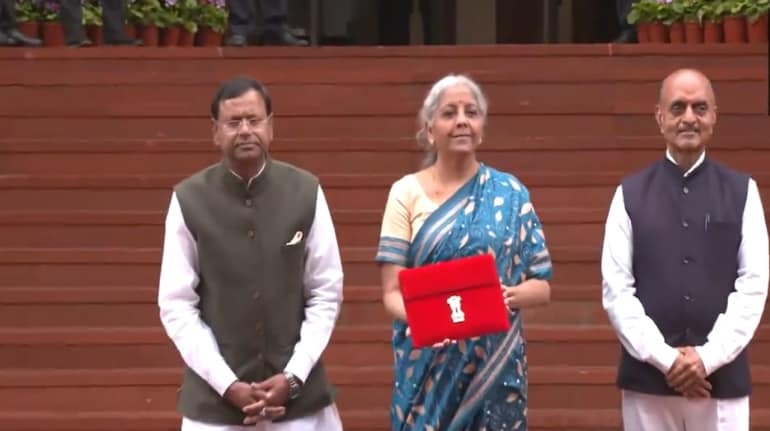
Auto major Tata Motors Ltd reported a consolidated net loss of ₹4,441 crore for the second quarter ending September (Q2FY22). The company had posted a net loss of ₹314 crore in the year-ago period (Q2FY21) and ₹4,451 crore in the previous June quarter (Q1FY22) respectively.
The Mumbai-headquartered company's revenue from operations rose 14% to ₹61,378 crore in the reporting period as against ₹53,530 cr in the last year period.
The company’s operating profit margins shrank 210 basis points in the second quarter to 8.4%.
Tata Motors said India operations showed significant improvement in the second quarter as compared to year-ago period, however the supply chain issues, and commodity inflation impacted the margins.
The India business revenues were up 91% over last year and a 130 basis points improvement in operating profit margins during the quarter at 3.9%.
For the second quarter, Jaguar Land Rover (JLR) reported a revenue of £3.9 billion with a pre-tax loss of £302 million.
JLR wholesales to dealers in the second quarter stood at 64,032 vehicles, down 12.8% year-on-year, and retail sales (including the China Joint Venture) were 92,710 vehicles, down 18.4%, reflecting the semiconductor shortage and lower retailer inventories.
Even though the wholesales plummeted, JLR said it has a strong liquidity of 5.9 billion pound sterling at the end of September quarter, including £3.8 billion of cash and a £2 billion undrawn revolving credit facility.
JLR said the highly anticipated all new Range Rover sales expected to begin from Q4 FY22.
Free cash outflow for JLR at the end of the quarter stood at £664 million, which was better than prior guidance for a £1 billion free cash outflow, reflecting prioritized production of higher margin products and cost controls to reduce the cash break-even point further.
“The global semi-conductor shortage remains challenging but I’m pleased to see the actions we have been implementing reduce the impact. With strong customer demand with a record order book we are well placed to return to strong financial performance as semiconductor supply begins to improve, said JLR CEO Thierry Bollore.
"We continue to execute our reimagine strategy to realise the full potential of the business and create the next generation of the most desirable luxury vehicles for the most discerning of customers – starting with the stunning new Range Rover," Bollore added.
Car makers have been forced to make sharp production cuts this year as supply chain disruptions and booming demand for consumer electronics have led to an acute shortage of chips, which have become a critical component in automobiles, powering everything from fuel injection to entertainment systems.
Ahead of the earnings, Tata Motors shares were up 0.41% to settle at ₹485 apiece on NSE. The scrip has rallied 41% in the last one month alone. Since the start of 2021, the Tata Group's stock has given stellar returns to investors, rising over 160%, while it was up over 264% in past one year.
A senior Tata Motors executive has earlier said semiconductor shortage impact continued through September, leading to moderation of production and offtake volumes.
On the outlook, Tata Motors said the semiconductor shortage remains dynamic and difficult to forecast, however, JLR expects to see gradual recovery starting in the second half of FY22.
"While supply remains constrained, JLR will continue to take mitigating actions, including prioritising the production of higher margin vehicles for the available supply of semiconductors and closely managing costs to bring down the break-even point for the business," the auto major said in a filing.
Further, Tata Motors said JLR is taking measures to increase the future visibility and control over semiconductor supply for its vehicles, working closely with semiconductor and Tier One suppliers.
Never miss a story! Stay connected and informed with Mint. Download our App Now!!
Tata Motors Q2 results: Net loss widens YoY to ₹4,441 cr; JLR sales plummet - Mint
Read More

No comments:
Post a Comment